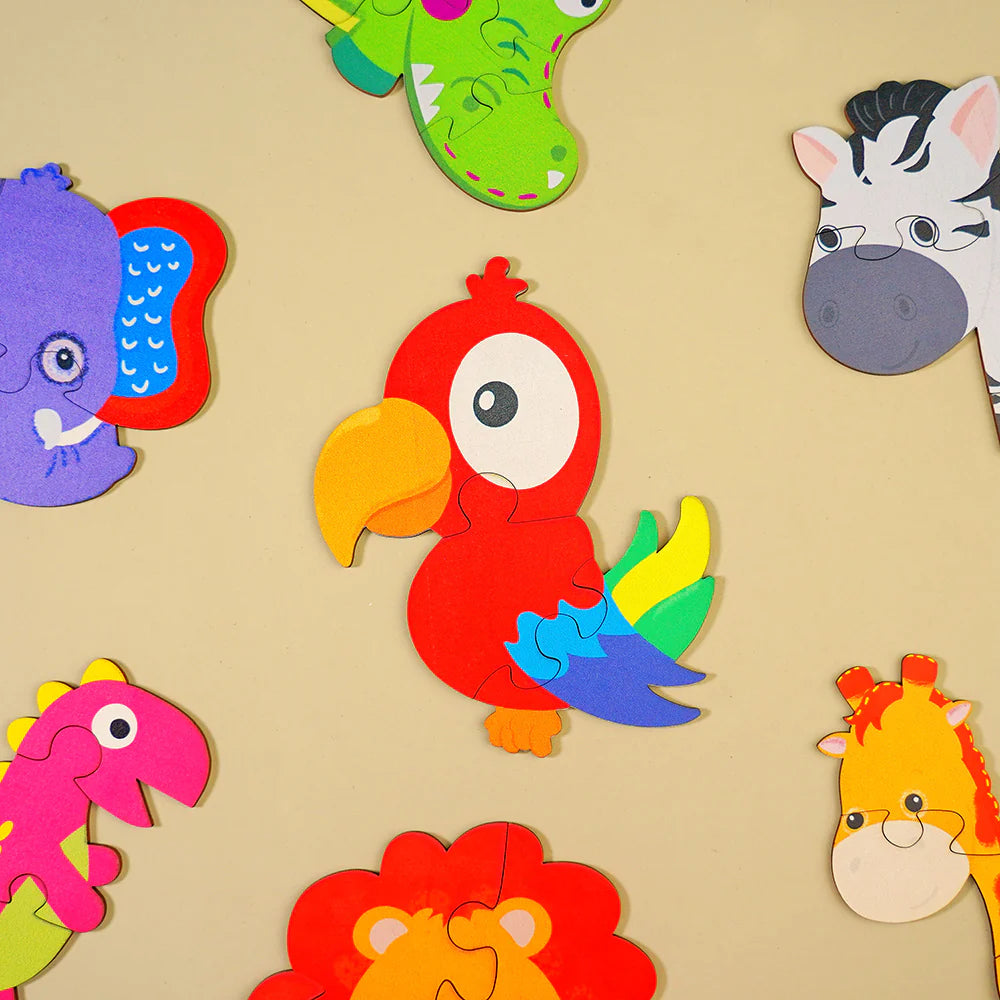How to Deal with Your Child's Tantrums and Whining?
Every parent has been there—your child is lying on the floor, wailing in frustration, or whining for the hundredth time about the snack they didn’t get. Tantrums and whining can be overwhelming, but they’re a normal part of childhood and can actually provide opportunities for growth—for both you and your little one. Let’s explore some practical and loving ways to handle these challenging moments.
Why Do Kids Have Tantrums and Whine?
Children don’t throw tantrums or whine to annoy you. These behaviors are often a way for them to express emotions they don’t yet have the words or skills to handle. Common triggers include:
- Frustration: They can’t accomplish something or feel misunderstood.
- Hunger or Fatigue: Basic needs often amplify emotional reactions.
- Seeking Attention: They need your focus but don’t know how to ask constructively.
- Testing Boundaries: Whining or tantrums can be their way of figuring out what’s acceptable.
Understanding the root cause of their behavior is the first step toward managing it effectively.
1. Stay Calm and Collected
Easier said than done, right? But your reaction sets the tone. When you stay calm, you show your child how to handle emotions. Take a deep breath, count to five, or remind yourself: “This is a teaching moment, not a battle.”
Pro Tip: If needed, step away for a moment to compose yourself before addressing the situation.
2. Acknowledge Their Feelings
Children often just want to feel heard. Acknowledging their emotions helps them feel validated, even if you don’t give in to their demands.
Example:
- Instead of saying, “Stop crying!” try, “I can see you’re really upset about not having more candy. That’s hard.”
This shows empathy while reinforcing that their feelings are okay, even if their behavior isn’t.
3. Set Clear Boundaries and Stick to Them
Consistency is key when it comes to managing tantrums and whining. If you give in “just this once,” your child may learn that whining or throwing a tantrum is an effective strategy.
Example:
If you’ve said no to extra screen time, calmly stick to your decision:
- “I understand you want to watch more, but screen time is over for today.”
4. Offer Choices to Reduce Power Struggles
Sometimes tantrums arise because kids feel powerless. Offering them simple, age-appropriate choices gives them a sense of control.
Examples:
- “Would you like to put on your blue shoes or red shoes?”
- “Do you want carrots or cucumber with your lunch?”
This shifts their focus from the problem to decision-making.
5. Use Distraction or Redirection
For younger children, a change in focus can quickly diffuse a tantrum. Introduce a toy, start a silly song, or point out something interesting happening nearby.
Example:
- “I know you’re upset, but look at this funny face I can make!”
Distraction isn’t about avoiding the issue—it’s about helping them reset their emotions.
6. Teach Emotional Regulation
Kids need help learning how to manage their big feelings. Over time, you can teach them techniques to calm down and express themselves.
Strategies to try:
- Deep Breathing: Show them how to take a big “balloon breath” (inhale through the nose, exhale through the mouth).
- Feeling Words: Teach phrases like, “I’m frustrated,” or “I feel sad.”
- Calm-Down Spots: Create a cozy corner with soft items where they can go to self-soothe.
7. Stay Consistent but Flexible
While boundaries are important, flexibility is sometimes necessary, especially if their behavior stems from an unmet need.
Example:
If they’re whining because they’re overtired, skipping the usual bedtime routine to let them sleep sooner might be the solution.
8. Celebrate Good Behavior
Positive reinforcement works wonders. Praise your child when they handle a situation well or manage their emotions appropriately.
Examples:
- “Wow, you used your words instead of yelling. Great job!”
- “I’m so proud of how you stayed calm just now.”
This reinforces the behaviors you want to see more of.
What to Avoid
- Don’t Give In to Whining: Giving in only teaches kids that whining works. Stay firm but kind.
- Avoid Shaming: Saying things like, “Stop acting like a baby,” can make them feel worse and escalate the situation.
- Don’t Lose Your Cool: Yelling or reacting angrily often escalates tantrums instead of calming them down.
When to Seek Help
If tantrums or whining become excessive, last unusually long, or interfere with daily life, it may be helpful to consult a pediatrician or child psychologist. These behaviors could be a sign of underlying issues like anxiety or sensory sensitivities.
Final Thoughts
Tantrums and whining are just a part of childhood—and parenting! With patience, empathy, and the right strategies, you can turn these challenging moments into opportunities to teach your child about emotions, boundaries, and self-regulation.
Remember, parenting isn’t about perfection—it’s about progress. Celebrate the small wins, keep calm during the tough times, and know that every phase is temporary. You’ve got this! 💕
What’s your go-to tip for handling tantrums? Share it in the comments below!




















Leave a comment